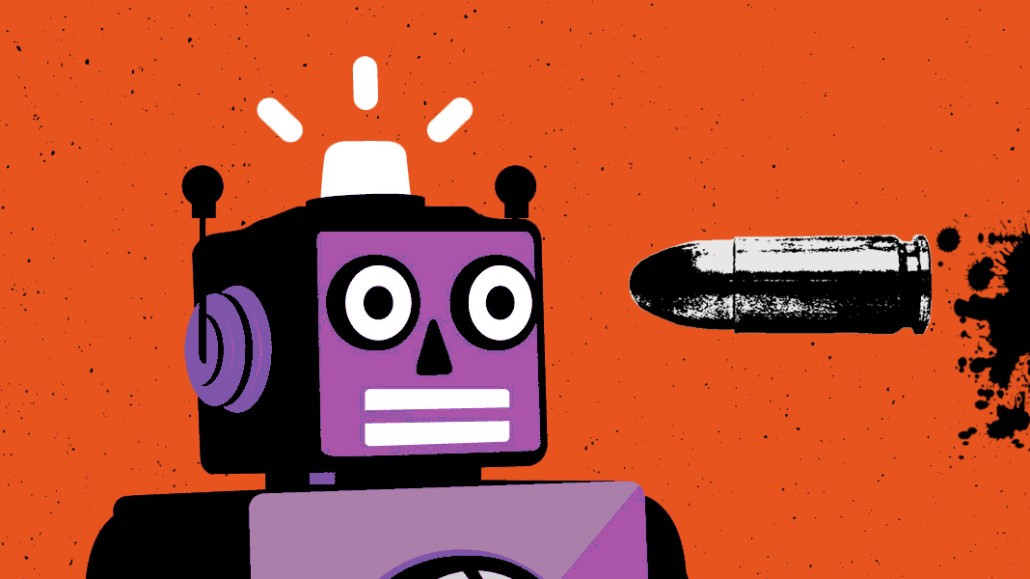Brands sound off on their frustrations with AI: ‘It’s like what VR was a few years ago’

AI is the biggest buzzword in marketing today, but real applications of the technology are still coming along sluggishly.
That was the major takeaway from brand marketers, who convened in Santa Barbara, California on Wednesday for the Digiday AI Marketing Summit. During a closed-door town hall session, they aired out their frustrations with AI’s ambiguity and their challenges incorporating AI into their businesses. Below are highlights that have been edited for clarity.
Too much noise, not enough signal
“The biggest frustration I have is AI is the new buzzword. And it’s really for the most part from vendors.”
“It’s like what VR was a few years ago.”
“I think we’ve been using ‘artificial intelligence’ in different variants for a while, but there’s a fuzziness around what it can and cannot do and sometimes overpromises.”
“Sometimes people are like, ‘Let’s just have machines do everything.’ You can’t.”
“There’s a lot of skepticism of the word ‘bot’ and by extension AI technology in general.”
Data is the dealbreaker
“If you don’t have the data, then you don’t even want to touch AI. AI’s whole focus is to collect all the data and learn from it.”
“We’ve been de-siloing as an industry in terms of where the data resides for both dot-com and in-store and making that data so it can be utilized for AI is a challenge.”
“Since we don’t sell products directly, [proving the value of AI for ROI] is very difficult because retailers don’t like to share data.”
“In order to make models work, you need hundreds of millions of data points. A complex machine learning algorithm can’t have a small data set.”
“No one is gonna get offended if you get an ad wrong. As long as the [brand] sending it has usually been right. It’s all good, man.”
Internal friction
“It takes a lot of work to promote AI internally. It takes a huge staff, and then you have to have a manager who understands what they’re doing. A lot of the time you have to outsource it and cut your losses.”
“We have a huge IT department, but each individual business unit has its own IT team. When it comes to investing in AI, marketing might have a different point of view from other departments. And if they’re not talking to other areas of the business or IT is not talking to other areas of the business about how to use AI, that’s a challenge.”
“People need to understand that, when you’re trying to build and do something with AI for the first time, there will be a lot of challenges and times when you need to stop what you’re doing and rebuild.”
“The big question is, when you think of what is the cost of AI. It touches all these different teams. Who should pay for it? It’s a very cross organizational technology. Thats what makes it tricky with budgets.”
“AI is in specific departments but nobody is prioritizing it because it runs across the fabric of the organization. That’s the biggest roadblock. Everyone can’t prioritize it. So nobody does.”
“It’s the tragedy of the commons. Someone ultimately has to be responsible for risks and rewards. You need one throat to choke.”
More in Marketing

How the MAHA movement influenced food and beverage brands in 2025
The MAHA movement has come to stand for different things in different people’s eyes, depending on which initiatives they most closely follow.

Why Georgia-Pacific is turning its programmatic scrutinty to the sell side
The company is turning its attention to the sell side, zeroing in on the ad tech firms that move inventory for publishers — the supply-side platforms.

Future of Marketing Briefing: Why ‘just good enough’ is generative AI’s real threat to marketers
When characters and mascots are allowed to live inside generative systems, they stop being event-based and start becoming environmental.








